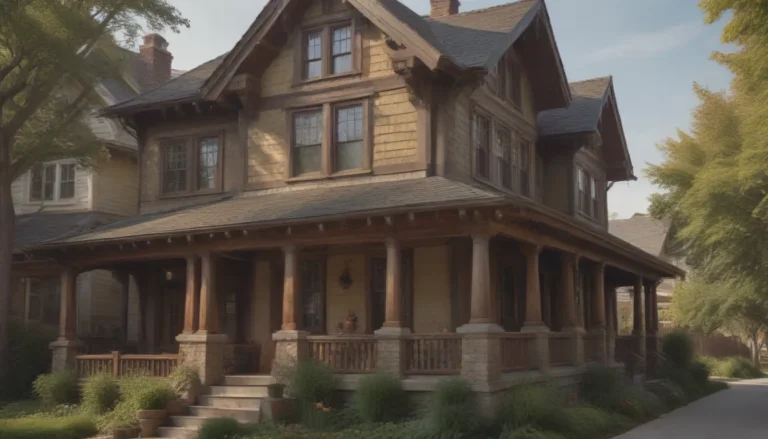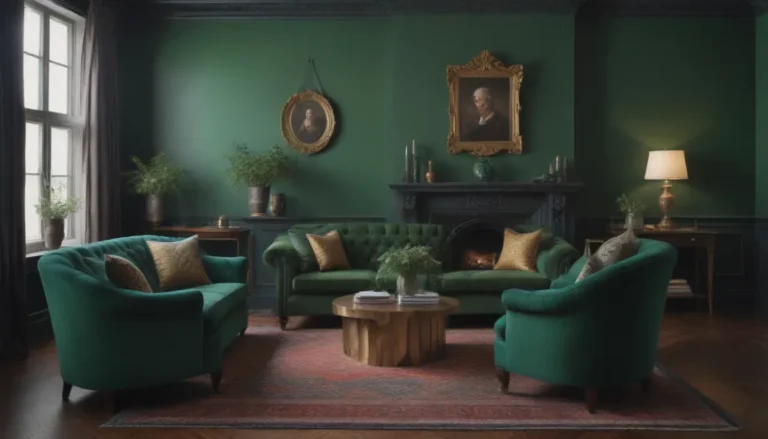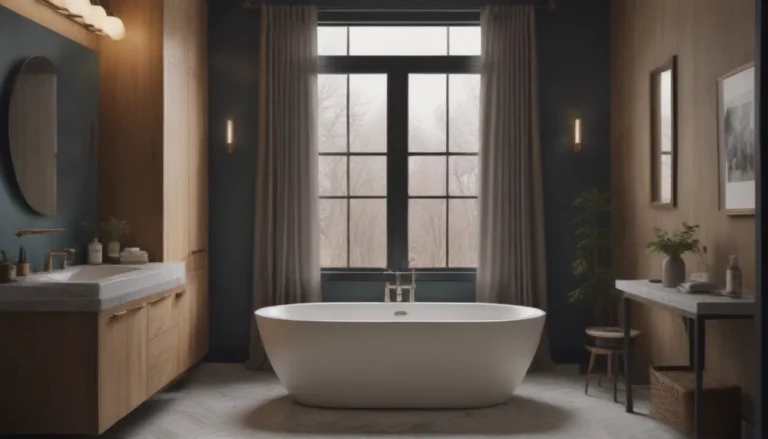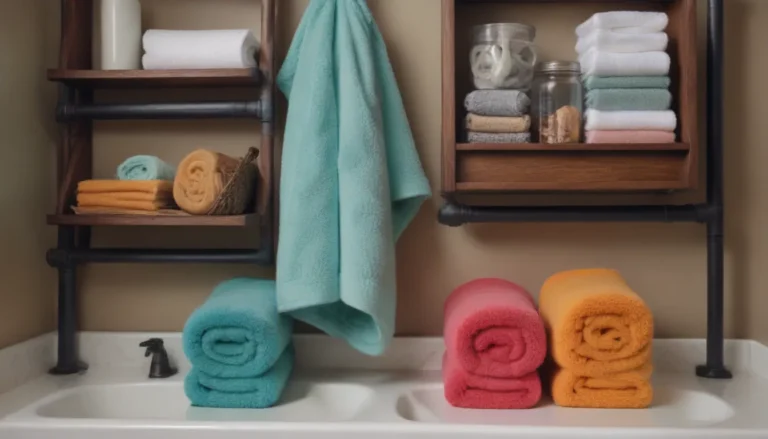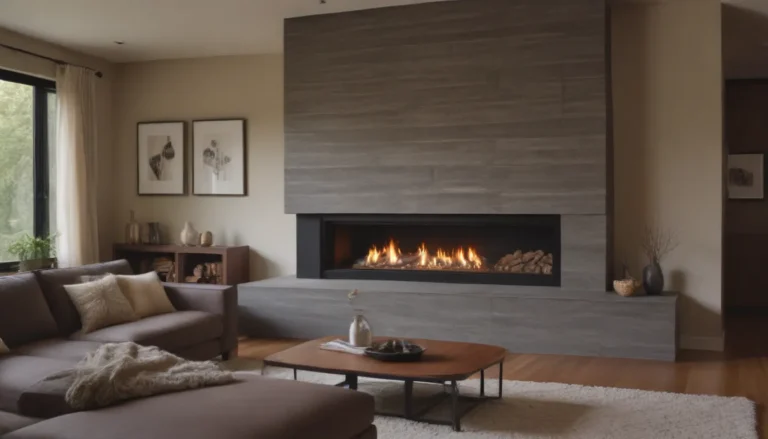A Comprehensive Guide to Vintage, Antique, and Retro Décor Styles
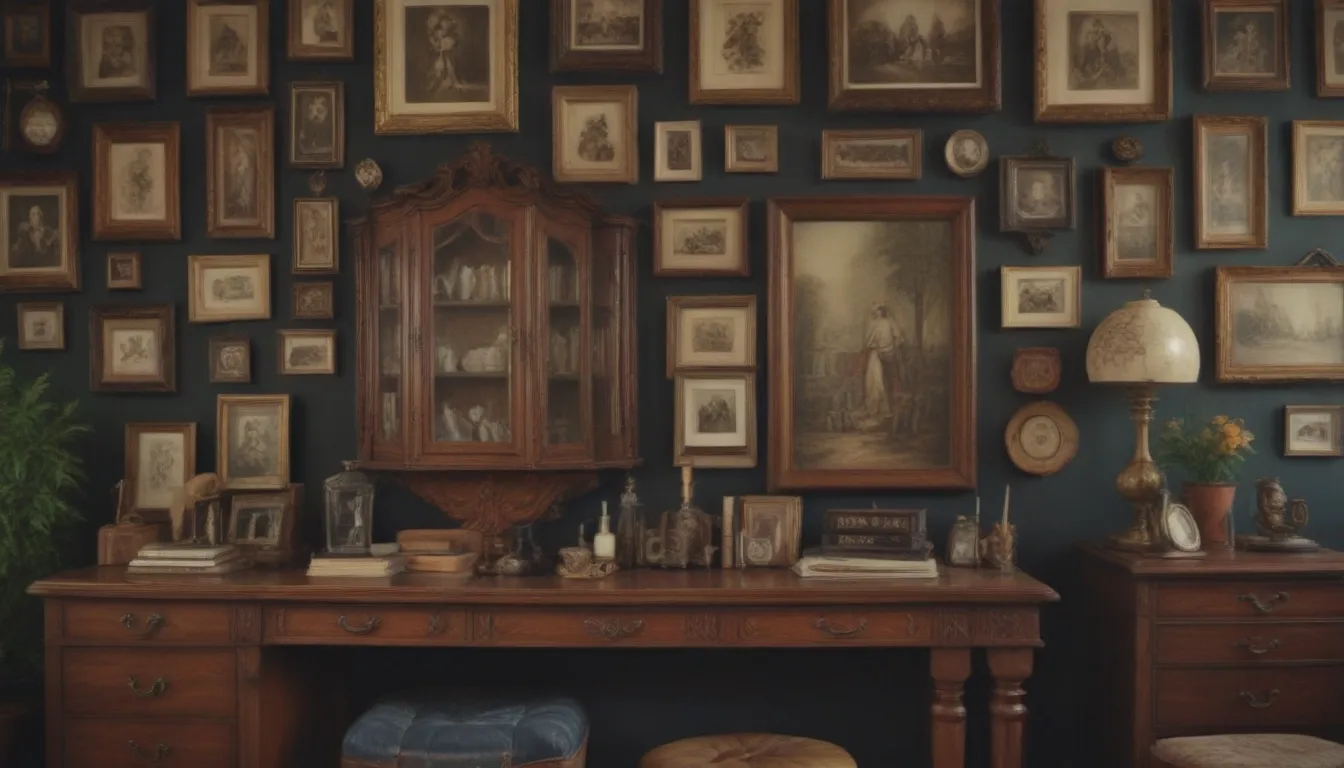
Are you someone who loves the charm of old items but has trouble distinguishing between vintage, antique, and retro pieces? You’re not alone. Many people use these terms interchangeably, but they actually have specific definitions that can help you understand and appreciate the uniqueness of each style.
Understanding Vintage, Antique, and Retro Styles
Vintage, antique, and retro styles each have their own characteristics and time periods they encompass. Let’s break down these terms to help you differentiate between them:
-
Antique:
An antique item is typically over 100 years old and holds historical significance. Think of items such as handmade wooden furniture from the early 1900s. -
Vintage:
Vintage items are at least 20 years old but less than 100 years. These pieces evoke a sense of nostalgia, like midcentury furniture or 1960s décor. -
Retro:
Retro items are newly created products that imitate styles from past decades. They aim to recreate the look and feel of a bygone era, such as 1950s-inspired appliances or 1980s furniture.
Vintage vs. Antique: What’s the Difference?
The main distinction between vintage and antique lies in their age. While antiques have centuries-old origins, vintage items are relatively younger. The beauty of combining these two styles is the opportunity to blend different eras effortlessly. For example, pairing an antique painting with a midcentury modern chair can create a visually captivating space filled with character and history.
Vintage vs. Retro: A Closer Look
Vintage and retro styles may seem similar, but their age disparity sets them apart. Vintage items transport you back in time with a sense of nostalgia, while retro pieces are modern creations that mimic older designs. Mixing these styles can result in a unique décor aesthetic that combines the best of both worlds. Imagine a room furnished with a vintage dining set and a retro-inspired refrigerator for a quirky yet charming atmosphere.
Antique vs. Retro: Finding Harmony in Contrast
While antiques and retro items may have different origins and styles, they can complement each other beautifully in a living space. Antique pieces exude a timeless elegance, while retro items infuse a youthful energy into the décor. Experimenting with these contrasting styles can create a visually dynamic room where old meets new in perfect harmony.
Incorporating vintage, antique, and retro pieces into your home décor offers endless possibilities for creativity and personal expression. By understanding the distinctions between these styles, you can curate a space that reflects your unique taste and appreciation for design history.
Tips for Incorporating Vintage, Antique, and Retro Pieces
- Mix and Match: Don’t be afraid to combine different styles to create a eclectic look that showcases your personality.
- Focus on Quality: Invest in well-crafted antique pieces that stand the test of time and add character to your home.
- Add a Pop of Color: Use retro items to introduce vibrant hues and playful patterns into your décor scheme.
- Tell a Story: Each vintage, antique, and retro piece has a story to tell. Make your space a reflection of your personal journey and experiences.
Whether you’re a seasoned collector or just starting to explore the world of vintage décor, incorporating these distinct styles into your home can add depth and charm to your living space. Embrace the beauty of the past and create a space that is uniquely yours with a blend of vintage, antique, and retro elements.
